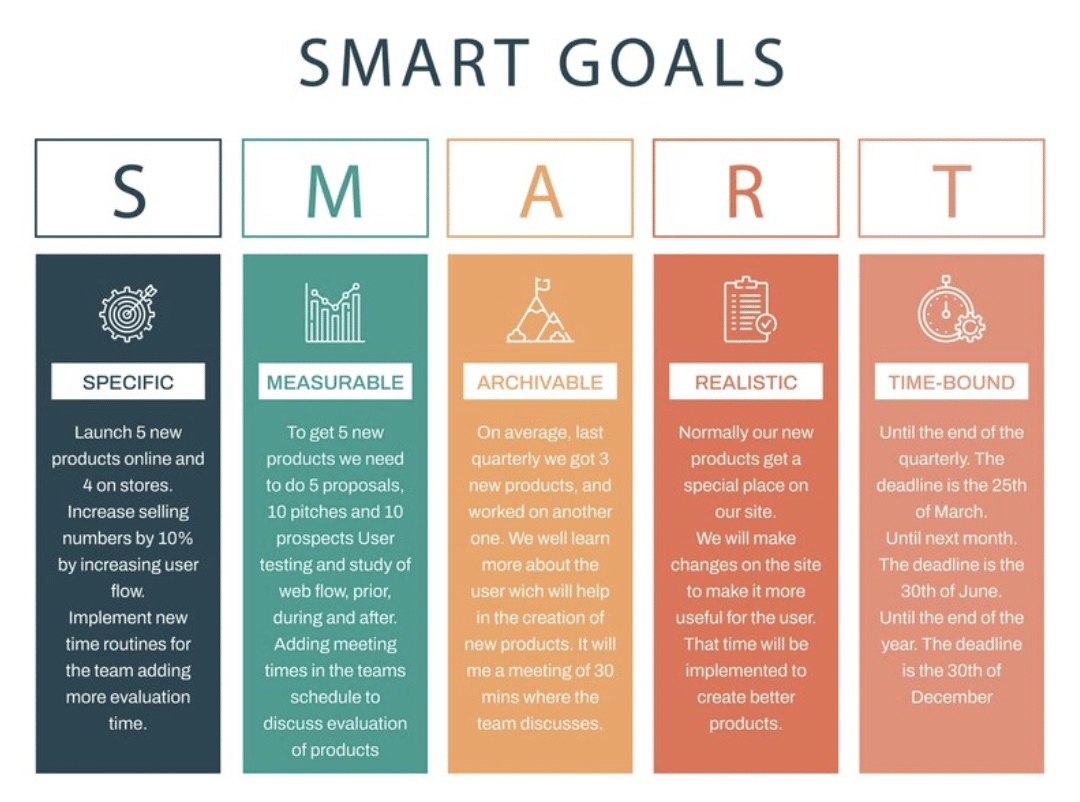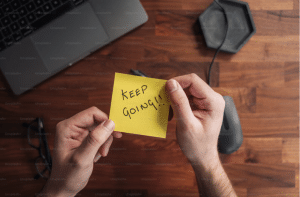
Get A Sneak Peek at my book “Your To-Die-For Life”!
Get a FREE sneak peek! Learn how to use Mortality Awareness as a wake up call to live more boldly.
 I’m a leading behavioral change expert – and I’m sharing tips to help you go from procrastination to productivity – and get things done!
I’m a leading behavioral change expert – and I’m sharing tips to help you go from procrastination to productivity – and get things done!
Are you tired of fighting procrastination? Do you miss deadlines but can’t do anything about it? Don’t know how to increase productivity, succeed, and finally enjoy life and work?
Don’t worry. Everything can be solved. Neurobiologists have already figured it all out and know how to fight procrastination. And I’m here to share their tools.
I’m a leading Behavioral Change Expert and Oprah and Psychology Today columnist. I wrote the bestselling book “Happy Habits” – which explores a range of tools from Cognitive Behavioral Therapy (CBT), Neuro-Linguistic Programming (NLP), and more.
Plus I founded the therapist recommended online program “The Tweak A Week Online Course” – which suggests micro habit shifts that over time can lead to massive life changes.
Coming up I will be sharing strategies to help you go from procrastination to productivity – and get things done!
The brain is designed to be more likely to choose short-term gratification over long-term goals. This is due to the workings of the prefrontal cortex and the limbic system. The former is responsible for decision-making and planning, while the latter controls emotions and immediate rewards. A conflict arises between them, and based on whose impulses win, we get results or laziness and failure.
Those who often procrastinate have a reduced prefrontal cortex, which means they want quick and pleasant results. Also, they usually have low dopamine levels, so they lack motivation. They simply do not want anything, and they lack strength and self-confidence.
Suppose you are a student who does not have enough time to submit your papers on time. Suppose you have no energy to take on the task. In that case, if anxiety is growing, and you still have not even written an introduction, we recommend paying attention to the paper writing help service at MasterPapers. To get back in control of your life and success, let’s review the strategies to fight procrastination developed by neuroscientists.
This reduces the perceived load and activates the brain’s reward system for each step taken. You may agree that it is much easier to start with a small task than to take on large, impossible tasks, which naturally frightens you, and there are thoughts like, what if I can’t cope? This will help you feel more achievable and make progress faster. You can use the half-hour principle and spend half an hour on an important task each day. Spending half an hour regularly is better than disruptions and missed deadlines. This way, you will slowly but surely reach your goal.
Having a specific goal can help you stay focused and motivated. Use the SMART goals technique. By setting SMART goals, you’ll have a clear picture of what you want to achieve and a deadline to aim for.

Visualizing how you accomplished a task successfully activates the neural pathways associated with goal fulfillment, enhancing motivation.
For example, we can train our attention through meditation and exercise. And because of this, we can then direct it in the right way and stay focused longer.
Boost self-control with mindfulness practices that engage the prefrontal cortex of the brain, increasing impulse control. Fix your attention on the object, accepting it entirely and not judging it. Experience a complete connection to the present moment; you should be in it ultimately. You are not distracted (or try not to be) by the future and the past, and you are not trying to evaluate the rightness or wrongness of the object. It is there, and you accept it as a given.
Manage negative emotions such as anxiety and fear with techniques such as deep breathing and reframing, which allows a person’s point of view to be changed to a different, sometimes even opposite, one:
To automate decision-making and reduce mental effort, you need to create a daily routine and follow a schedule. This way, the brain will learn to anticipate and engage in productive activities, helping you to go from procrastination to productivity.
Follow a work and rest routine. Rest allows you to restore resources. Without resources, there is no strength, and the body sabotages work.
Some people are comfortable getting up at the crack of dawn and doing important work in the first half of the day, while others, on the contrary, just rock out during the day and complete their primary tasks in the evening. Figure out what time of day your brain functions best, and keep that in mind when planning your work.
Every two hours, write down how easily you worked and how you felt when you were energized and tired. After a few days, you will notice when your productivity increases and when it decreases.
If you only work hard in the kitchen in the mornings or the meeting room during breaks, you’re telling your brain that your desk is the last place to do work. Eventually, the desk ceases to be associated with work, and you become distracted by it.
Think about your best work environments and protect them from unnecessary associations.

You should drink enough water, eat nutritious food, and move regularly to keep blood flowing to the brain. Don’t become reliant on coffee and sweets for a quick energy boost. Snack on something healthy throughout the day so there won’t be sudden slumps in productivity. And be sure to get enough sleep.
Thus, you can trick your brain to go from procrastination to productivity and get things done. You just need to take time for yourself, divide complex tasks into small and simple ones, increase the level of dopamine, develop healthy habits, and make a daily schedule. In addition, give yourself a rest, and most importantly, do not rush. After all, everything has its time. You will be able to reach your full potential, achieve tremendous success, and feel satisfaction from your endeavors. Remember: Going from procrastination to productivity is an ongoing practice. And if you’re interested in seeking a deeper dive into these strategies, connect with me for personalized guidance. Book a 1-on-1 free exploratory call with me on Zoom now.
P.S. Before you zip off to your next Internet pit stop, check out these 2 game changers below - that could dramatically upscale your life.
1. Check Out My Book On Enjoying A Well-Lived Life: It’s called "Your To Die For Life: How to Maximize Joy and Minimize Regret Before Your Time Runs Out." Think of it as your life’s manual to cranking up the volume on joy, meaning, and connection. Learn more here.
2. Life Review Therapy - What if you could get a clear picture of where you are versus where you want to be, and find out exactly why you’re not there yet? That’s what Life Review Therapy is all about.. If you’re serious about transforming your life, let’s talk. Learn more HERE.
Think about subscribing for free weekly tools here.
No SPAM, ever! Read the Privacy Policy for more information.